Serbia boasts a collection of unique and captivating structures that reflect its rich history, culture, and architectural diversity. Here are 10 remarkable examples:
Table of Contents
Belgrade Fortress
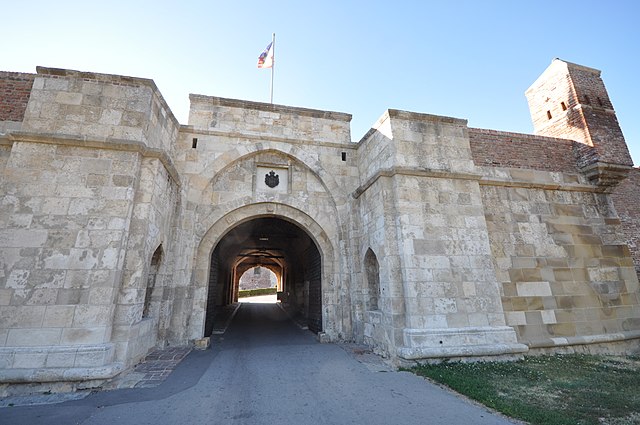
Belgrade Fortress, perched atop the confluence of the Sava and Danube rivers, is a historical and cultural gem that encapsulates the evolution of Serbia’s capital city. With origins dating back to Roman times, the fortress has been shaped by centuries of different rulers and architectural styles. Its impressive stone walls, gates, and towers stand as guardians of history, showcasing layers of Byzantine, Ottoman, and Austro-Hungarian influence. Within its walls, visitors can explore Kalemegdan Park, a tranquil green space adorned with sculptures, military artifacts, and breathtaking viewpoints that offer panoramic vistas of Belgrade and the riverbanks. The fortress is not only a symbol of the city’s resilience but also a hub of cultural events, from concerts to art exhibitions. Belgrade Fortress serves as a living testament to Serbia‘s rich past and dynamic present, inviting travelers to explore its historical significance while enjoying the serene beauty it offers today.
Saint Sava Temple

Saint Sava Temple, an awe-inspiring monument in Belgrade, stands as a testament to Serbian spirituality and architectural grandeur. One of the largest Orthodox churches in the world, its white marble and Byzantine-inspired design dominate the city skyline. Named after Saint Sava, the founder of the Serbian Orthodox Church, the temple’s construction began in the 20th century and is ongoing. Its monumental dome, intricate mosaics, and graceful facades pay homage to both medieval Serbian art and the Byzantine heritage. The interior, with its soaring columns and serene ambiance, offers a place for spiritual reflection and cultural appreciation. The temple’s location on Vračar plateau adds to its significance, as it marks the spot where Saint Sava’s relics were burned by the Ottoman Empire. As a symbol of resilience and national identity, Saint Sava Temple encapsulates the spiritual essence of Serbia and beckons visitors to witness its majestic beauty and spiritual reverence.
Petrovaradin Fortress

Petrovaradin Fortress, an architectural masterpiece overlooking the Danube River in Novi Sad, is a captivating blend of history, culture, and artistic expression. Dating back to the 17th century, this fortress boasts a complex of fortifications, underground tunnels, and bastions that once safeguarded the city. Its iconic clock tower, known as the “Gibraltar on the Danube,” serves as a symbol of Novi Sad. Today, the fortress hosts the internationally acclaimed EXIT music festival, drawing crowds to its ancient walls for days of music and celebration. The fortress’s strategic position and stunning views of the Danube and Novi Sad make it a favorite among visitors, offering a journey through time and a vantage point to appreciate both the city’s past and vibrant present.
Golubac Fortress
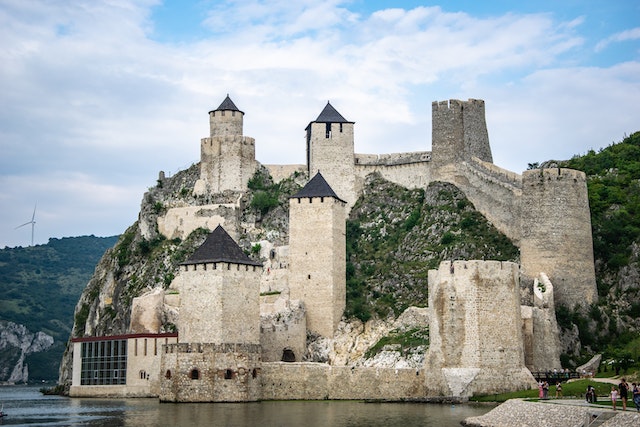
Golubac Fortress, nestled along the Danube River in Serbia, stands as a sentinel of history that transports visitors to a bygone era. This medieval fortress boasts a commanding presence with its impressive stone walls and distinct towers, each bearing the marks of different cultures and centuries. Perched atop a rocky outcrop, the fortress has played a crucial role in defending the region throughout history. Its location along the Iron Gates Gorge adds to its allure, offering breathtaking views of the winding Danube and the surrounding landscapes. As a testament to the resilience of the past and a gateway to the beauty of the present, Golubac Fortress invites travelers to explore its intricate architecture, wander its historic chambers, and immerse themselves in the stories that echo through its stone walls.
Oplenac Mausoleum
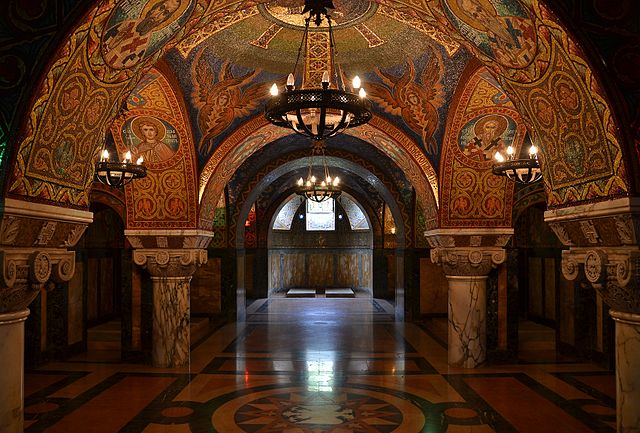
The Oplenac Mausoleum, located in the town of Topola, Serbia, is a remarkable testament to Serbian royalty and heritage. Serving as the final resting place for the Karađorđević dynasty, this elegant mausoleum is adorned with a stunning array of intricate mosaics that chronicle the history of Serbia. The exterior’s white marble and neo-Byzantine design exude an air of grandeur, while the interior captivates with its lavish artwork and depictions of national history. The mausoleum stands within a complex that also includes the Church of Saint George, the royal family’s home church, and an ethno-museum displaying traditional Serbian artifacts. The Oplenac Mausoleum embodies a blend of spiritual reverence and cultural celebration, inviting visitors to delve into the stories of Serbia’s past and the enduring legacy of its royal lineage.
Studenica Monastery
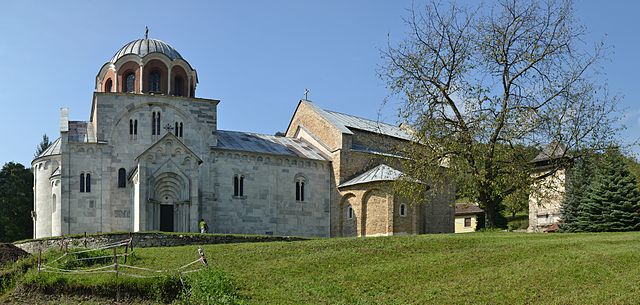
Studenica Monastery, nestled amidst the picturesque landscapes of Serbia, is an exquisite jewel of medieval Serbian architecture and spirituality. Founded in the 12th century by Stefan Nemanja, the monastery complex exudes a serene and timeless aura. Its graceful white stone walls, intricate carvings, and elegant frescoes bear witness to centuries of devotion and artistic brilliance. As a UNESCO World Heritage Site, Studenica’s blend of Byzantine and Serbian architectural styles captivates visitors, while its spiritual significance offers a peaceful retreat for reflection and contemplation. The Church of the Virgin, with its opulent interior and renowned frescoes, stands as a testament to the mastery of medieval Serbian artists. Studenica Monastery’s legacy as both a cultural treasure and a place of spiritual enlightenment continues to draw pilgrims and admirers from around the world, providing a glimpse into the rich tapestry of Serbian heritage and faith.
Niš Fortress

Niš Fortress, an ancient stronghold in the city of Niš, Serbia, is a living testament to the city’s history and resilience. With origins dating back to Roman times, the fortress has witnessed the rise and fall of empires, each leaving their mark on its architecture and character. The massive stone walls, towers, and gates showcase a blend of Roman, Byzantine, Ottoman, and Austrian influences. The Skull Tower, a macabre but historically significant structure, serves as a reminder of Serbia’s struggle for freedom against Ottoman rule. Today, Niš Fortress hosts cultural events, concerts, and historical reenactments, creating a bridge between the past and the vibrant present. Its central location in the city and its panoramic views of Niš make it not only a historical landmark but also a gathering place for locals and visitors alike, offering a glimpse into Serbia’s storied past and its dynamic contemporary spirit.
Manasija Monastery
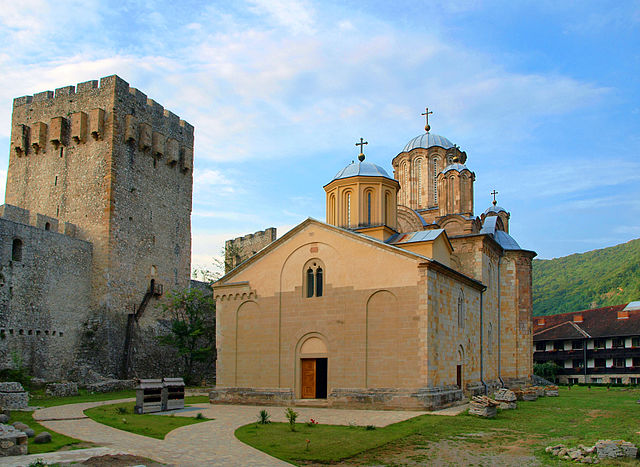
Manasija Monastery, situated amidst serene landscapes near Despotovac, Serbia, is a breathtaking testament to Serbian medieval architecture and cultural heritage. Founded in the 15th century by Despot Stefan Lazarević, this monastery complex embodies a harmonious blend of religious devotion and artistic excellence. Its imposing walls, fortified towers, and intricate frescoes reflect the influence of the Morava School of medieval art. The Church of the Holy Trinity stands as the centerpiece, adorned with richly colored frescoes that depict scenes from the Bible and Serbian history. The Resava School, established here, produced remarkable illuminated manuscripts that continue to be revered today. Beyond its artistic magnificence, Manasija Monastery holds a special place in Serbian history, serving as both a spiritual sanctuary and a cultural beacon that resonates through the ages, inviting visitors to delve into the world of the past while experiencing the profound spirituality that continues to flourish within its walls.
Kalemegdan Park
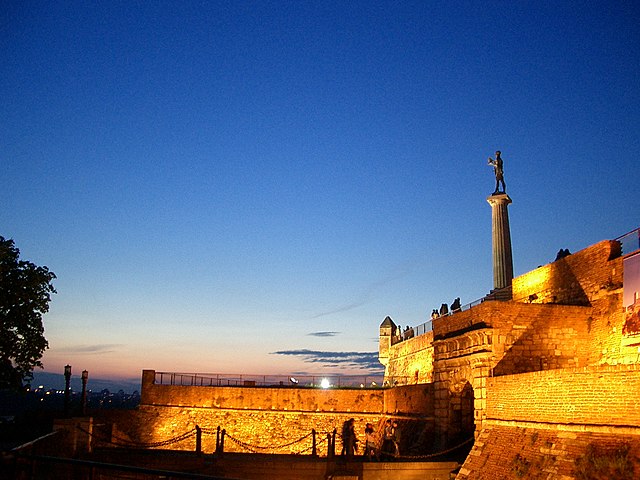
Kalemegdan Park, nestled within the heart of Belgrade, Serbia, is a captivating urban oasis that weaves together history, nature, and panoramic beauty. Perched atop the confluence of the Sava and Danube rivers, the park sprawls over the grounds of the historic Belgrade Fortress, offering a fascinating blend of archaeological ruins, medieval fortifications, and serene green spaces. Its lush lawns, shaded walkways, and picturesque viewpoints create a tranquil haven for both locals and visitors. The park’s diverse features, including the Victor Monument and the Military Museum, provide glimpses into Serbia’s rich past and its resilience throughout history. As the sun sets, Kalemegdan Park transforms into a place of enchantment, where the illuminated fortress walls, the rivers’ gentle currents, and the city lights come together to form a breathtaking spectacle. This iconic park stands as a vibrant testament to Belgrade’s layers of culture and its unique ability to seamlessly fuse the past with the present.
Zavičajni Muzej

The Zavičajni Muzej, or the Museum of Vojvodina, located in Novi Sad, Serbia, is a captivating institution that unveils the cultural tapestry of the Vojvodina region. Housed within a striking architectural complex, the museum offers a journey through the diverse history, art, and traditions of this historically rich region. Its exhibits showcase artifacts ranging from prehistoric times to the modern era, shedding light on the influences of different civilizations that have shaped Vojvodina. From archaeological findings to folk art and historical documents, the museum’s extensive collection provides a comprehensive insight into the area’s multicultural heritage. The museum’s dedication to preserving and celebrating Vojvodina’s cultural mosaic is palpable, inviting visitors to delve into its past, appreciate its present, and gain a deeper understanding of the region’s unique identity.
The historic and religious structures in Serbia are not just architectural marvels; they are living testimonials to the country’s rich tapestry of history, faith, and culture. These structures, ranging from medieval monasteries to Ottoman mosques and neo-Byzantine churches, reflect Serbia’s complex past of diverse influences and enduring spirituality. Beyond their aesthetic appeal, these buildings are repositories of stories, events, and traditions that have shaped the nation’s identity. They offer a profound connection to the past, allowing us to understand the struggles and triumphs of previous generations. In their intricate frescoes, meticulous carvings, and grand designs, the beauty of these structures transcends aesthetics, evoking a sense of reverence and wonder. They provide a sanctuary for both religious worship and cultural appreciation, fostering a sense of continuity between the present and the past. As guardians of memory and pillars of the community, these historic and religious structures play an integral role in preserving Serbia’s heritage, inviting visitors to explore a world where architecture and spirituality intertwine in captivating harmony.
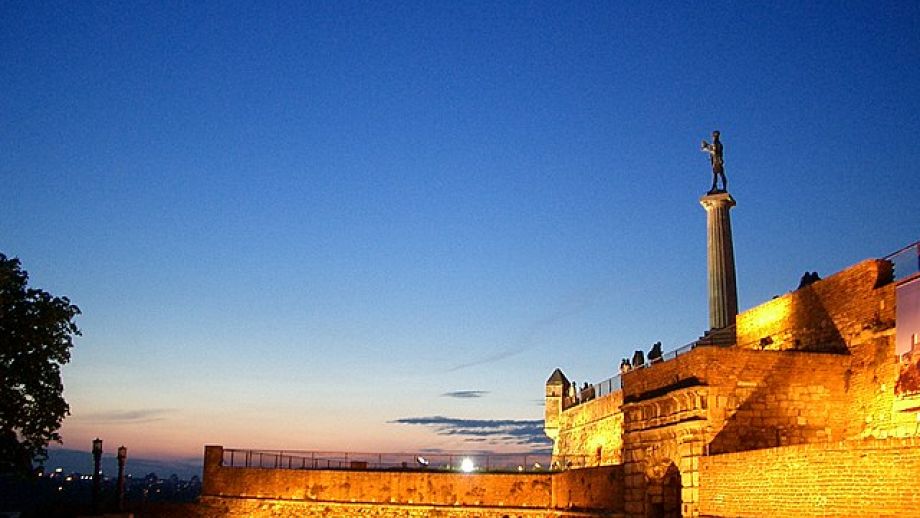
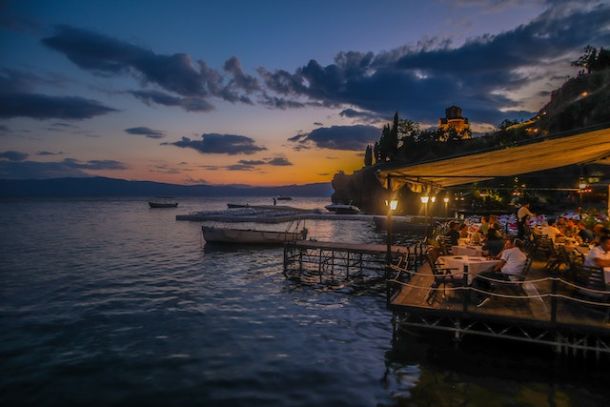
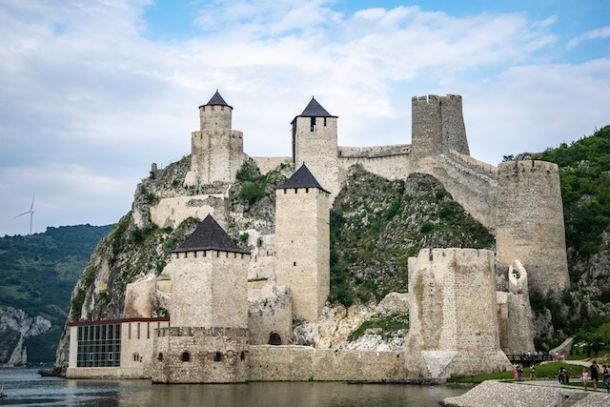
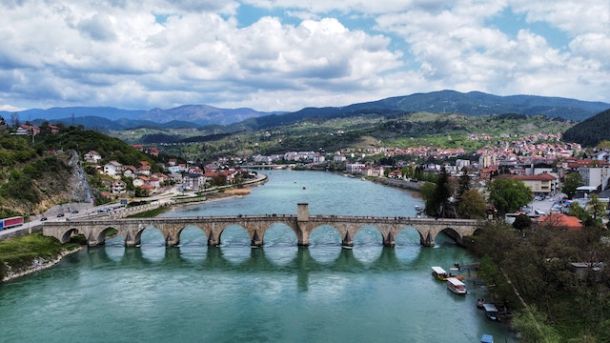
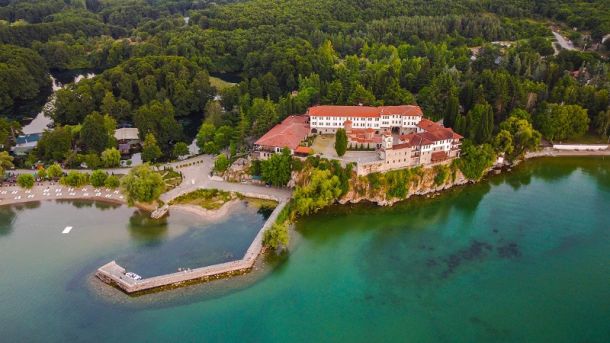




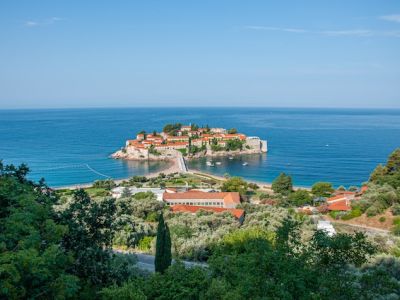
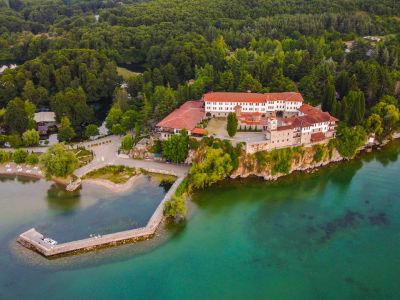
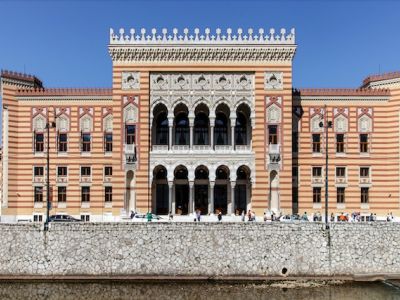
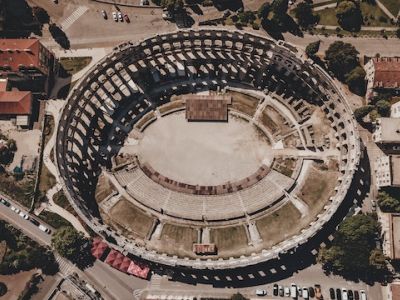
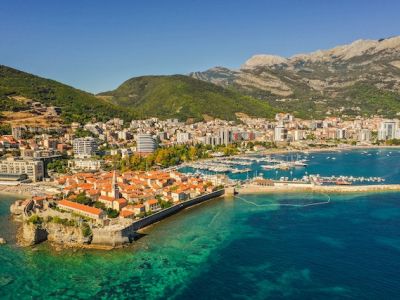
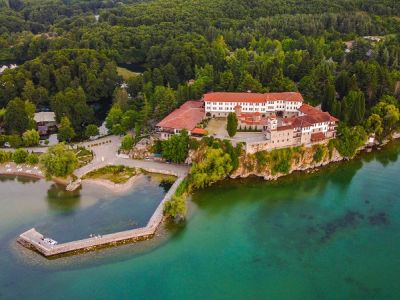
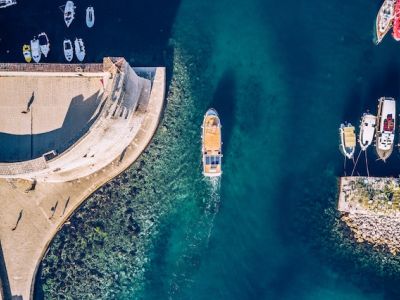
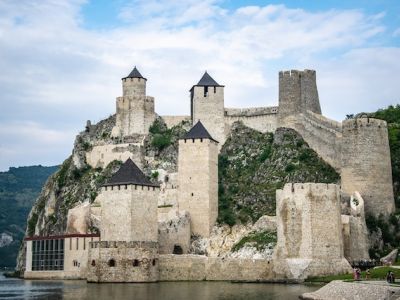
Leave a Reply